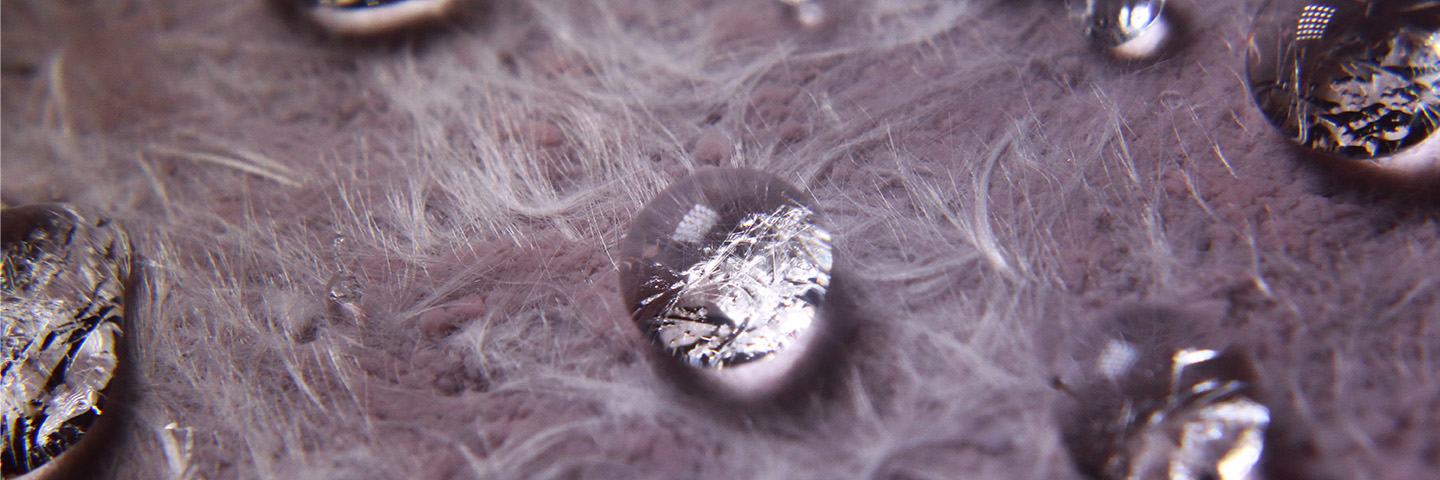Aerogels- The Lightweight Wonders of Modern Materials Science

Aerogels are fascinating materials, often referred to as "frozen smoke" because of their light, airy, and translucent appearance. Essentially, an aerogel is a substance that's primarily made up of air, with a very small amount of solid material—typically silica, but also other materials like carbon or polymer-based substances. The process to create an aerogel begins by turning a gel (a substance with a solid network holding a liquid) into a solid, but crucially, it replaces the liquid with air in a process known as supercritical drying. This process allows the material to retain its porous structure, which is why aerogels are so light—up to 99.8% of an aerogel's volume can be air.
Despite their lightweight nature, aerogels have remarkable properties. For instance, they are extremely good at insulating. Aerogels are so efficient at trapping air in their microscopic pores that they can provide thermal insulation far superior to traditional materials. This makes them useful in extreme environments, like space suits, where protecting against temperature extremes is critical. In fact, NASA uses aerogels in various spacecraft applications, including insulation for delicate instruments and collecting cosmic dust. Another interesting feature is their strength-to-weight ratio. While aerogels are fragile in terms of direct impact or compression, they can support a lot of weight when distributed across their surface area, making them useful for specific engineering and scientific applications.

The properties of aerogels are a direct result of their structure. The solid network of particles within an aerogel is highly porous and extends across the entire material, forming a kind of three-dimensional lattice. These pores are incredibly small, often just a few nanometers in size, and they trap air in such a way that heat and sound have a hard time passing through. This makes aerogels both excellent thermal insulators and sound dampeners. They are also very transparent, which is another interesting feature that sets them apart from other materials. Their ability to be made from different materials—like silica, carbon, or even metal oxides—means that aerogels can have a range of different properties depending on their intended application.

While aerogels are not typically used in everyday products due to their fragility and the complexity of their manufacturing process, they have niche uses in high-tech industries. For example, they're used in scientific instruments, as insulation in cryogenic systems, and as components in advanced filtration systems. More recently, research has been focused on improving the strength and durability of aerogels so they can become more practical for wider use, such as in building insulation or as lightweight materials for electric vehicles. The lightness, insulating properties, and potential for customization in various forms make aerogels an exciting area of materials science, pushing the boundaries of what we thought was possible with traditional materials.
Innovate with Kamlatech